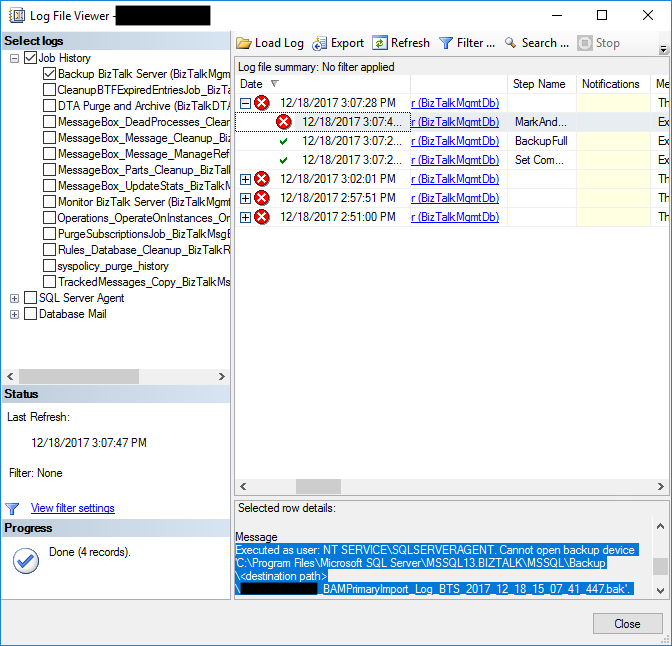

For the same reason, you can’t meet this part of the 3-2-1 backup rule by storing multiple copies of your backups on the same RAID array, or in the same cloud. Storing different copies of data on different internal hard drives within the same server is not enough, because the failure of that server would make all the copies inaccessible. For example, one could be on a network-attached device or a file server, and another could be a flash drive that is not attached to the server at all. Second, at least two of the copies of your data should exist on storage devices that are physically independent of each other. To define how often you should backup your production data to comply with your business needs, check out recovery time and recovery point objective concepts.

This is an ideal way to perform a 3-2-1 backup which is, to an extent, impossible when talking about big production datasets.

(Creating data backups from multiple points in time is often a good idea, but it’s not part of the 3-2-1 backup rule.) All copies need to contain the same data from the same point in time. In other words, you don’t satisfy this rule if you have one copy of data from a backup that you performed yesterday and two other copies that were created last week. The other two copies are backups.Įach copy of the data - the production copy and the two backups - should be stored and configured in such a way that it will remain intact even if the other copies fail or disappear.įinally, each of these copies should contain the same version of the data. One copy is the production data (i.e., the original data that you use for real-world) purposes. First, following the 3-2-1 backup strategy means that you should always have at least three distinct copies of your data.


 0 kommentar(er)
0 kommentar(er)
